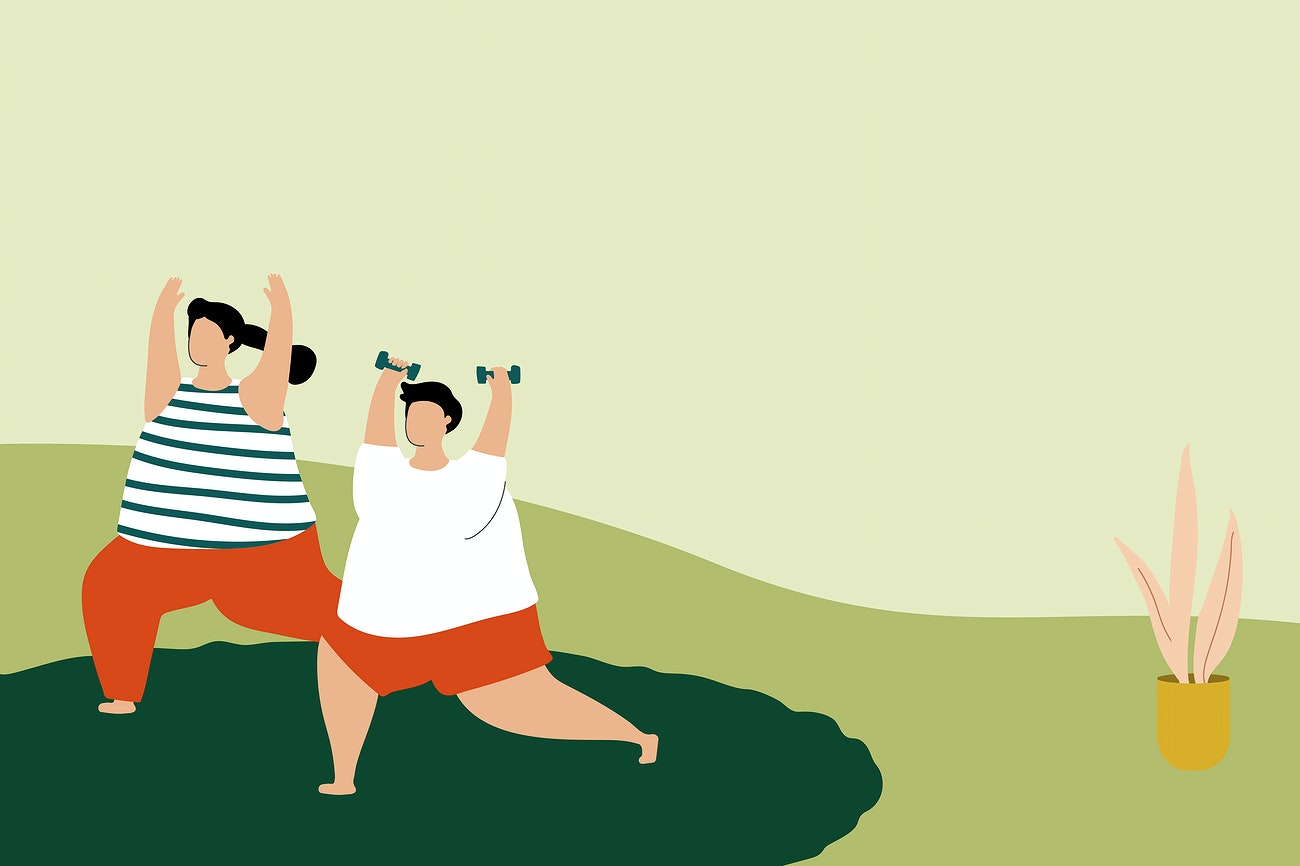
Fight Obesity and Covid 19 in Just 12 Minutes
Many people are living with constant fear these days. Covid 19 cases are surging worldwide and the results of a Covid 19 infection can be devastating for many people. Folks are wondering “What can I do to lower my risk of dying from Covid?” While there are many factors outside of one’s control, the good news is that some of the factors that put us at the highest risk for Covid 19 complications or death are within our power to control.
A recent Principal Component Analysis completed by the Institute for Research in bioMedicine and Epidemiology of Sport (IRMES), Paris, France tested reporting data from all across the world to try and find any potential non-viral parameters with higher associations for death from Covid 19. This analysis shows that higher Covid-19 death rates are mostly found in countries experiencing higher life expectancies, higher income levels, and higher chronic diseases levels (e.g., CVD and cancer) associated with major metabolic risk factors (e.g., inactive lifestyle, sedentary, and obesity). These countries include the United States, Canada, and Europe.
Of note, is the finding that an inactive lifestyle leading to being obese and sedentary are some of the strongest risk factors associated with Covid 19 death. The good news to take from this, is that those risk factors are all largely within a person’s power to control! But where do we go from here?!?
Well, another recent study in the journal Circulation analysed data on heart health to find out what specific metabolic benefits from regular exercise are associated with a lower risk of cardiovascular disease and mortality. They used metabolite profiling before and after exercise to determine the metabolic response patterns of exercise in humans, in order to figure out what exercise may be recommended to improve metabolic health.
You might say, “well great nerd, that is wonderful, but how is any of this appicable to my actual life?!?!” Well, the GREAT news is that this analysis found that 12 minutes of intense activity is enough to significantly change the biomarkers of metabolic health in people’s blood.
So, with just 12 minutes of intense exercise, you may be able to alter your body’s metabolites, lower your risk factors for chronic disease, as well as lower some of your most serious risk factors for complications or death from Covid 19. This evidence seems to support the motto I like to use: Strength IS Medicine!
Below is just one example of a 12 Minute High-Intensity Training routine that is challenging and enjoyable for my clients.
This one is great for intermediate, or advanced athletes who feel comfortable with these movements, but nothing too complex or high impact here. Use a weight that feels comfortable for you (and it will get heavier as the workout goes on). But, you should be able to move the entire 20 seconds, and recover enough in 10 seconds to begin briskly working again. The goal should be to reach and maintain a “panting pace” where you can talk, but no more than a sentence or so without needing a breath. You can keep track of reps in your head each round. The goal should be to finish each round of an exercise in the same 1-3 rep range.
Workouts like these are simple, effective, intense, and consume very little time. Best of all, we now know they can be of great benefit to make you more resilient to the ravaging effects of Covid 19.
12 Minute Total Body Kettlebell (or Dumbbell) Tabata: 20 seconds of work, 10 seconds of rest each round 6 Movements: 1. KB Goblet Thruster 2. Bicycle Crunch 3. Single KB Push Press 4. KB Gorilla Row 5. KB Sumo Deadlift 6. Plank with KB Drag Through
KB Goblet Thruster – 4 Rounds (2 Minutes)
Bicycle Situps – 4 Rounds (2 Minutes)
Single KB Push Press – 4 Rounds (2 Minutes, alternate arms each SET)
KB Gorilla Row – 4 Rounds (2 Minutes, Alternate arms each SET)
KB Sumo deadlift – 4 Rounds (2 Minutes)
Plank with KB Drag Through – 4 Rounds (2 Minutes)
If you want more assistance or guidance on improving your health and lowering your risk factors just message me or check out my profile. Stay safe out there everyone!
References:
https://www.ahajournals.org/doi/10.1161/CIRCULATIONAHA.120.050281



